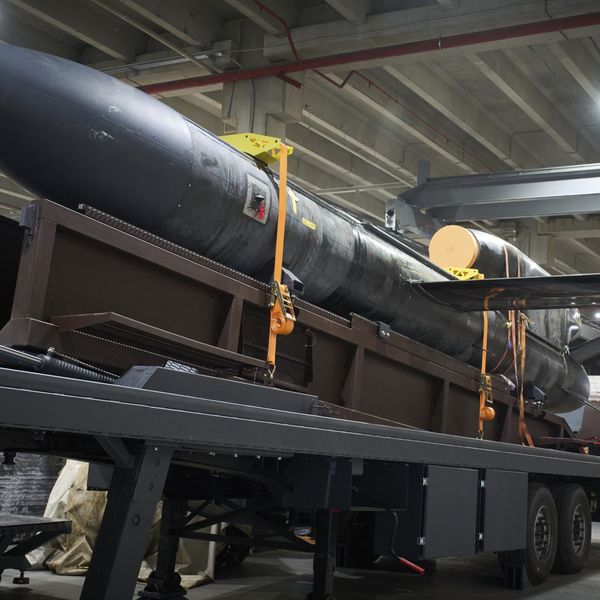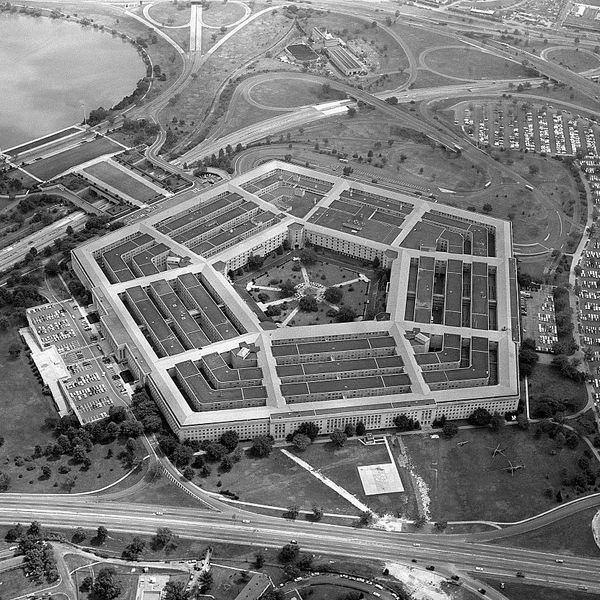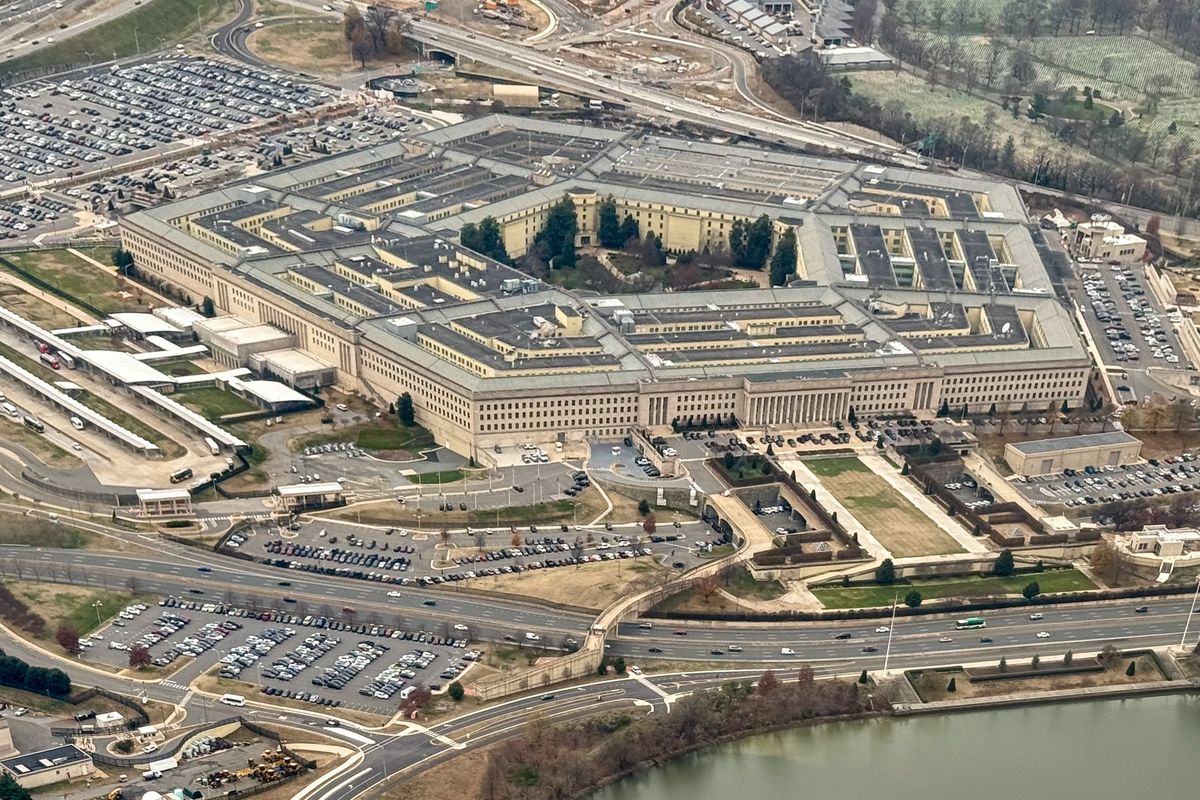OPINION — Imagine the U.S. government had credible information that a terrorist group was planning attacks in multiple cities across the globe. Attacks that could result in the deaths of hundreds of people, the destruction of critical infrastructure, and military installations. Attacks that could disrupt food and water security for millions and require the deployment of thousands of soldiers to respond.
Of course, the United States would do everything in its power to prevent and prepare for such a threat. The issue would immediately rise to the top of the agenda for the National Security Council and the Intelligence Community. Task forces would be created, Presidential briefings given, and resources poured in to analyze, warn about, and address the risk.
Now replace “terrorist group” with “El Niño.” Scientists are urgently warning of ‘a spike’ in global temperatures as the global climate pattern - known as El Niño - arrives and intersects with already rising temperatures driven by climate change. We know from experience that extreme heat can cause mass death, critical infrastructure damage, economic and political strain, and can lead to military deployments.
Last year, (which ranked among the hottest on record) the World Health Organization estimated that Europe saw 15,000 heat related deaths – compared to 6,701 deaths globally from terrorist attacks.
Already this spring, extreme heat waves have hit Asia, the Mediterranean and parts of the Northern Hemisphere, with Vietnam and Laos recording their highest temperature ever and unprecedented early-season wildfires in Canada burning nearly 1 million acres.
Militaries are on the front lines of response. Last summer, governments deployed thousands of military forces in Europe, North and South America and Asia in response to heat-related hazards such as fires and droughts.
In the United States, the National Guard now spends more than a hundred-thousand person- hours a year fighting fires. Critical military and civilian infrastructure is also at risk.
In July 2022, record temperatures in the UK melted the country’s busiest military runway, and drought led to destructive fires at a US military training facility in Germany.
Rivers ran dry in Europe, the United States, and China last year, disrupting trade and damaging local economies dependent on tourism, fishing and agriculture. Food security also took a huge hit, with the heat slashing harvests in India and China, on top of the disruption to grain shipments caused by the Russian invasion of Ukraine.
Extreme heat led to strains on power supplies, with governments like Japan begging citizens to cut down on energy consumption – at a time when air conditioning was more important than ever.
Are you planning for what’s ahead? Subscriber+Members have exclusive access to the Open Source Collection Daily Brief, keeping you up to date on global events impacting national security. It pays to be a Subscriber+Member.
When heat strains access to food, water and energy, protestors are likely to hit the streets. The world saw this in 2021, in Lebanon, Iraq and Iran, where demonstrations took place after the combination of record temperatures, drought and poor governance caused water shortages.
The global north is not immune to such developments. Take France. In the wake of last summer’s heatwave, the construction of reservoirs for farmers in the western part of the country became a flashpoint. Protesters, who claim farmers are stealing the water, have clashed with police and military forces in recent months.
Traditionally, weather and climate related phenomena such as El Niño have been considered the remit of the Weather Channel and specialist US scientific agencies such as the National Oceanic and Atmospheric Administration (NOAA). That must change.
Given the risks, there is no excuse to not bring the same level of security attention to the impacts of El Niño, that a terrorist or rogue state would get.
Both the current National Security Advisor and the Director of National Intelligence have called climate change an “urgent security priority,” and the Biden Administration has taken steps in the right direction for addressing the risks, but there is still much more to do.
First, the US intelligence community must partner with the federal scientific community to identify and warn of risks to particular geographies. Such a partnership should include co-creation of analysis between climate and data scientists and regional experts.
A good place to start would be to examine the 11 countries and two regions identified in the recent National Intelligence Estimate on climate change as areas of particular concern, including India, Pakistan, Afghanistan, North Korea, Iraq, and large parts of sub-Saharan Africa.
Attention must also be given to Russia and China. How might the expected heat wave affect the conflict in Ukraine? How might it challenge the security and capability of China? Last, but not least, the security community must examine the risks to both US allies and partners and the homeland.
But analyzing the risks is not enough. The security community must act to prevent the worst outcome of these hazards. Just as after 9-11 the United States reimagined how it connected federal intelligence with state and local officials, it must now take a more creative approach to deploying security assets to keep Americans and their interests safe from extreme weather. For example, the government should make permanent - and expand - the Fireguard program, which connects Department of Defense satellite data with state officials to provide early warning of wildfires. California credits the program with saving lives and infrastructure, yet the program will expire in 2026, without further government action.
Looking for a way to get ahead of the week in cyber and tech? Sign up for the Cyber Initiatives Group Sunday newsletter to quickly get up to speed on the biggest cyber and tech headlines and be ready for the week ahead. Sign up today.
The United States should also invest in the domestic search and rescue support of the National Geospatial Intelligence Agency (NGA), which already analyzes imagery of foreign targets. Yet agency analysts were embedded with FEMA in the wake of Hurricane Ian in Florida last year. This model should be replicated and scaled in the coming months to focus not only on response, but also on preventative action, as hazards intensify thanks to the one-two punch of El Niño and climate change.
The good news is that unlike intelligence on terrorist attacks – which is often fragmentary and inconclusive – our understanding of the impacts of heatwaves is clear. Scientists are providing ample warning, and the United States has time to prepare. It must take it.
Read more expert-driven national security insights, perspective and analysis in The Cipher Brief because National Security is Everyone’s Business.














